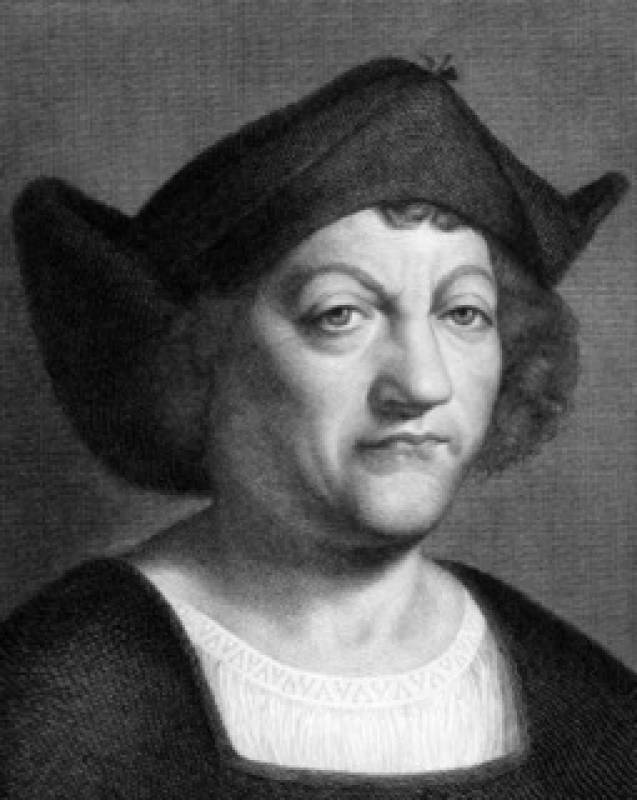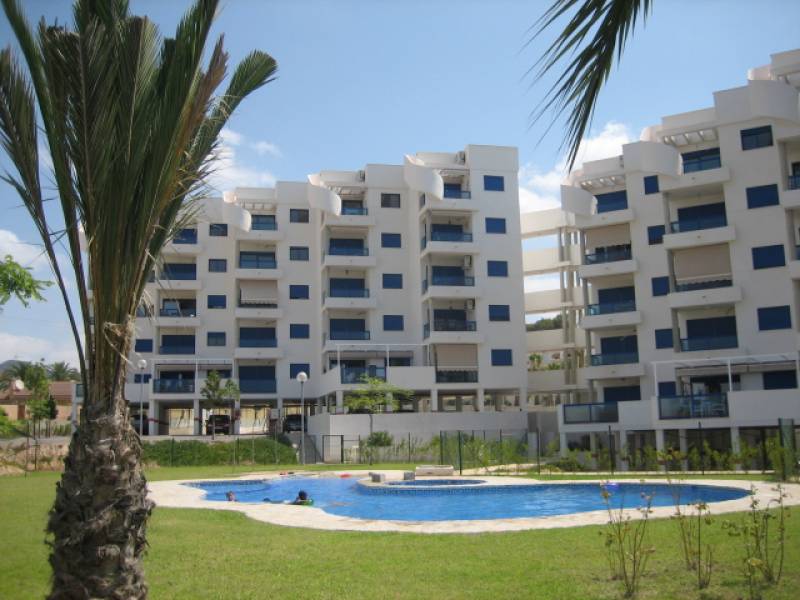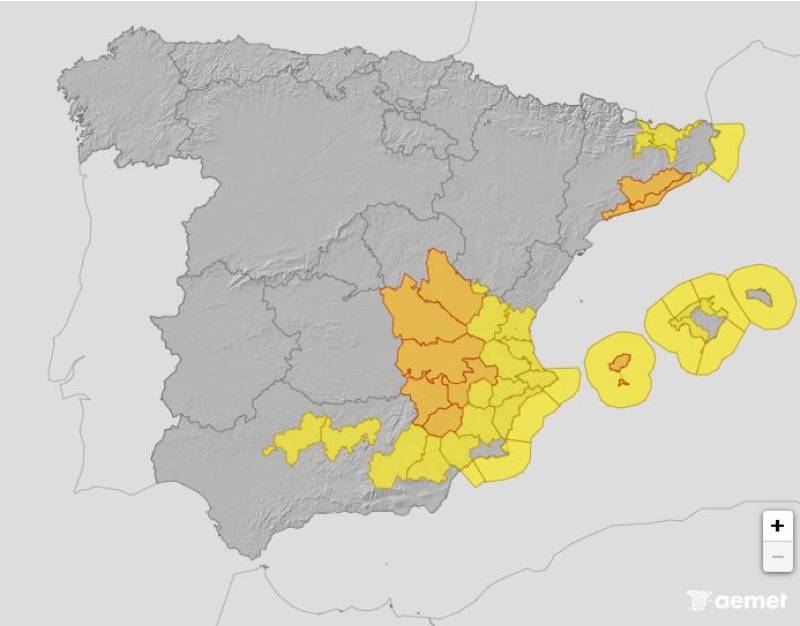
To be listed on the haciendadelalamo TODAY MAP please call +34 968 018 268.
Date Published: 14/10/2024
Investigation finds Columbus may have been Jewish and Spanish
Documentary raises questions over Columbus and his ancestry
 An investigation into the remains of Christopher Columbus, has concluded that the explorer may have been a Spanish Jew rather than a son of Genoa.
An investigation into the remains of Christopher Columbus, has concluded that the explorer may have been a Spanish Jew rather than a son of Genoa.Columbus, whose voyage to the New World changed the course of global history, played a central part in the creation of Spain’s mighty empire.
However, the claims raised in this investigation put forth the intriguing prospect that Columbus may have hailed from the very community that his patrons, King Ferdinand and Queen Isabella, expelled from their kingdom in the same year Columbus reached the Americas.
The findings of the investigation were announced on Saturday night during a special programme shown on the national broadcaster, RTVE, to coincide with Spain’s national day, which commemorates Columbus’s arrival in the New World on 12 October 1492.
José Antonio Lorente, a forensic medical expert at the University of Granada who led the investigation stated that Columbus’s DNA was compatible with that of people of Jewish Origin.
Lorente continued by stating that, “We have very partial, but sufficient, DNA from Christopher Columbus” and that, the team have “DNA from his son Fernando Colón, and in both the Y [male] chromosome and mitochondrial DNA [transmitted by the mother] of Fernando there are traces compatible with a Jewish origin.”
Lorente however has been unable to pinpoint Columbus’s place of birth, it is likely that he came from the Spanish Mediterranean region.
DNA indicates that Columbus’s “origin lay in the western Mediterranean,” said the researcher. “If there weren’t Jews in Genoa in the 15th century, the likelihood that he was from there is minimal. Neither was there a big Jewish presence in the rest of the Italian peninsula, which makes things very tenuous.”
With no evidence that Columbus is French, added Lorente, the area from which he could have originated is further narrowed down. That leaves the Spanish Mediterranean area, the Balearic islands and Sicily, as the areas that Columbus could have come from.
However, as Lorente points out “Sicily would be strange because then Christopher Columbus would have been written with some trace of Italian or the Sicilian language. That all means that his most likely origin is in the Spanish Mediterranean area or the Balearic islands which belonged to the crown of Aragón at the time.”
Lorente’s findings have put an end to 500 years of speculation over Columbus’s birthplace and nationality. Previously it has been suggested that the explorer could have been Genoese, Basque, Catalan, Galician, Greek, Portuguese or Scottish.
Lorente’s history-changing conclusions, however, have been greeted with extreme caution by some of his peers. Antonio Alonso, a geneticist and former director of Spain’s National Institute of Toxicology and Forensic Sciences, stated “Unfortunately, from a scientific point of view, we can’t really evaluate what was in the documentary because they offered no data from the analysis whatsoever.”
Alonso continued by claiming that his “conclusion is that the documentary never shows Columbus’s DNA and, as scientists, we don’t know what analysis was undertaken.”
Rodrigo Barquera, an expert in archaeogenetics at the Max Planck Institute for Evolutionary Anthropology, said he was surprised the findings had been shared without prior scrutiny from others in the scientific community.
“Normally, you send your article to a scientific journal… An editor is then assigned to the piece and at least three independent reviewers examine the work and decide whether it’s scientifically valid or not.”
Lorente defended his actions, stating that his “team and the university have always considered this study into Christopher Columbus and his family as a single, joined-up and inseparable unit, and nothing will be published until the investigation is completed.”
Saturday’s revelation came two days after Lorente and his team said that DNA analysis of the remains of Columbus, his son Fernando and his brother Diego confirmed that the partial skeleton kept in a tomb in Seville Cathedral was that of the famous navigator.
Although Columbus died in the Spanish city of Valladolid in 1506, he wanted to be buried on the island of Hispaniola, which is today divided into Haiti and the Dominican Republic. His remains were taken there in 1542, moved to Cuba in 1795, and then brought to Seville in 1898 when Spain lost control of Cuba after the Spanish-American war.
Columbus’s arrival in the Americas paved the way for the rise of Spain’s dazzlingly rich and powerful American empire, which rose just as Ferdinand and Isabella, who sponsored Columbus’s voyages, expelled Spain’s Jews amid antisemitic fears about supposed racial purity.
Centuries of persecution, pogroms and regional expulsions culminated in 1492 when the country’s Jewish population was ordered into exile, forced to convert to Catholicism or burned at the stake. Such findings as these, that claim Columbus was a Sephardic jew, shed an ironic light on the situation of the famous navigator and the monarchy that expelled his people.
Image: Archive
Loading
Sign up for the Spanish News Today Editors Roundup Weekly Bulletin and get an email with all the week’s news straight to your inbox
Special offer: Subscribe now for 25% off (36.95 euros for 48 Bulletins)
OR
you can sign up to our FREE weekly roundup!
Read some of our recent bulletins:
Discount Special Offer subscription:
36.95€ for 48 Editor’s Weekly News Roundup bulletins!
Please CLICK THE BUTTON to subscribe.
(List price 3 months 12 Bulletins)
Read more stories from around Spain:
Contact Murcia Today: Editorial 000 000 000 /
Office 000 000 000

























